Our experiences, our roots, play a fundamental role in all of our lives. Some leave their mark on our actions and even our work. This is certainly the case for twin sisters, Nathalie and Virginie Droulers, whose father Jean-Marc was synonymous with the Hotel Villa d’Este at Cernobbio on Lake Como, one of the great symbols of the Dolce Vita.
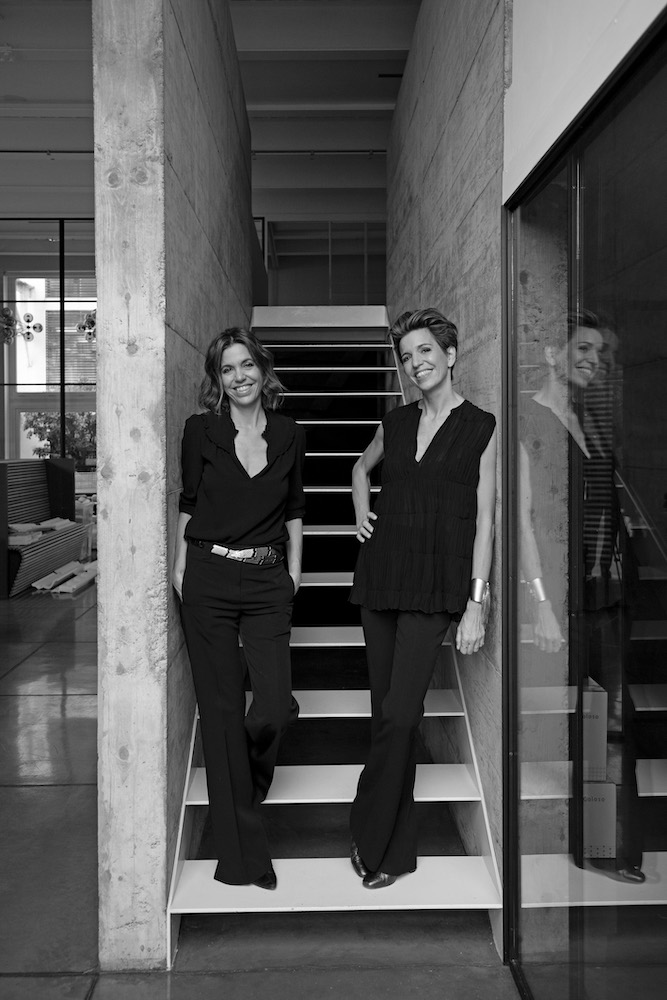
They spent their childhood surrounded by beauty and as a result, it became their lifelong passion, fuelled also by the fact that their mother Roberta and their paternal grandfather were both involved in interior design and décor.

Hence Nathalie’s decision to train as an architect and Virginie’s to become an interior designer. Both girls began their careers in New York before returning to Italy and founding the Droulers studio in Milan from where they work on projects for locations all over the world from the US to the UK, France and Switzerland. Their core business initially centred around the hotel, office and residential sectors but then about 10 years ago, they made their yacht design debut.
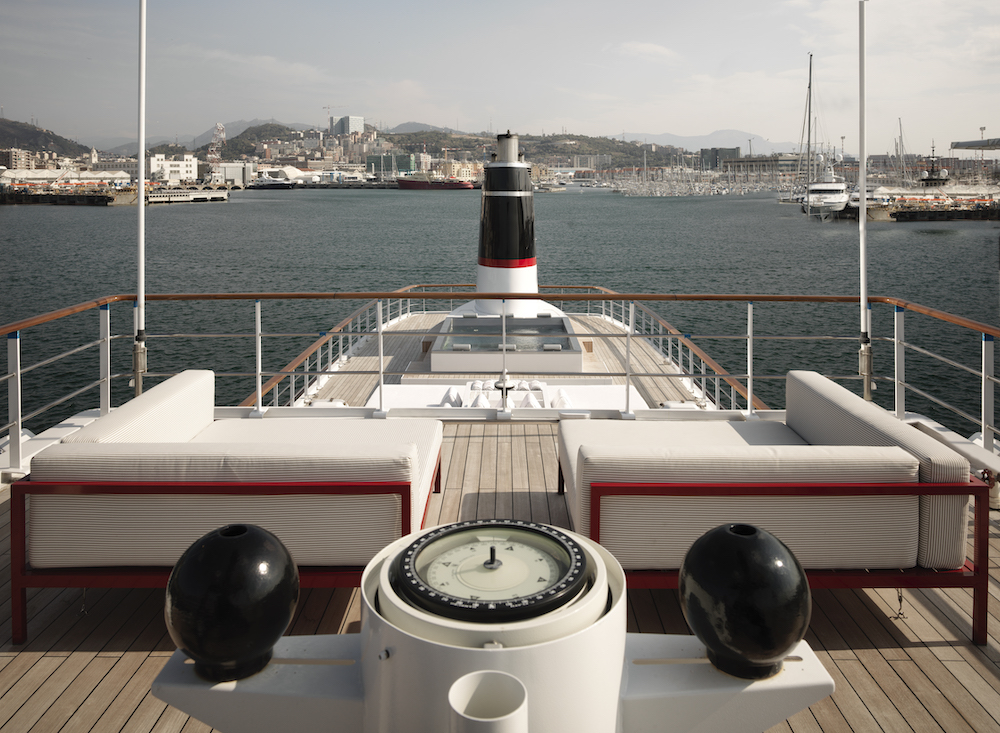
“It’s hard to forget our first time and not just because you never forget it!” they say, the smile obvious in their voices even over the phone. “A client we’d already done several residential projects for, bought an ice-breaker that had locked up in a dock in Malta for three months and was in quite a state. They asked us to work on it even though we had no experience in the sector. In fact, they stressed that that was why they wanted us: they wanted something different and not stereotypical. It wasn’t easy because the boat didn’t have any insulation on the inside to allow it be adapted to its new liveability requirements. It needed complete conversion and that’s what we did”.
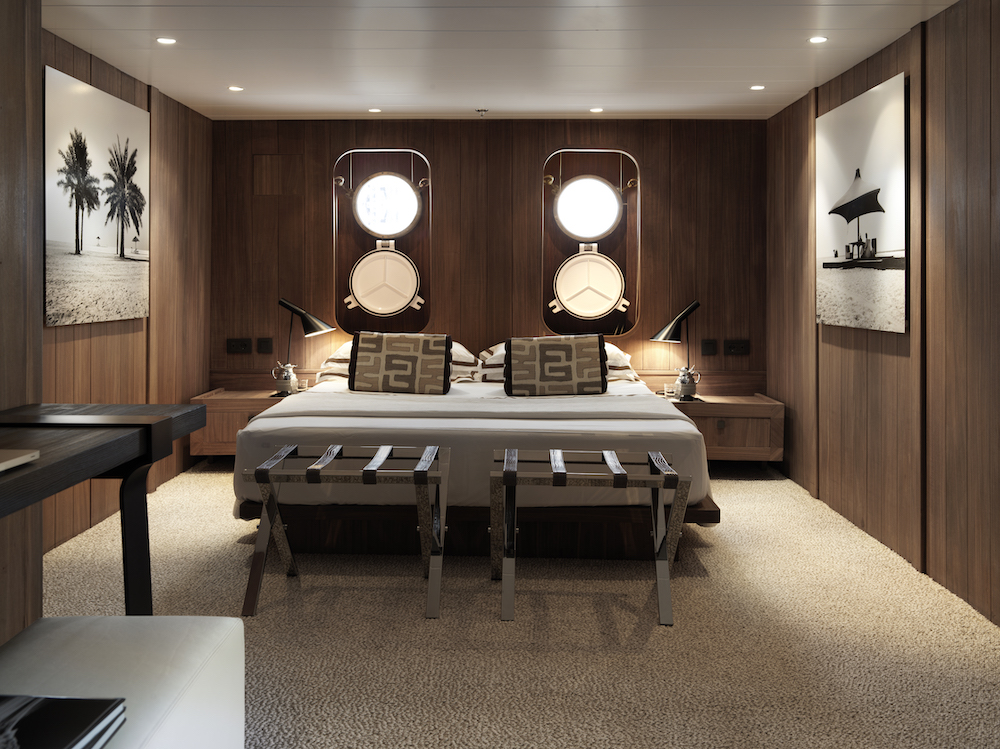
Word of mouth worked wonders and now the Droulers sisters have four craft to their credit: three motoryachts and one sailing vessel, including the 73m CRN Yalla and the Wally Kauris IV.
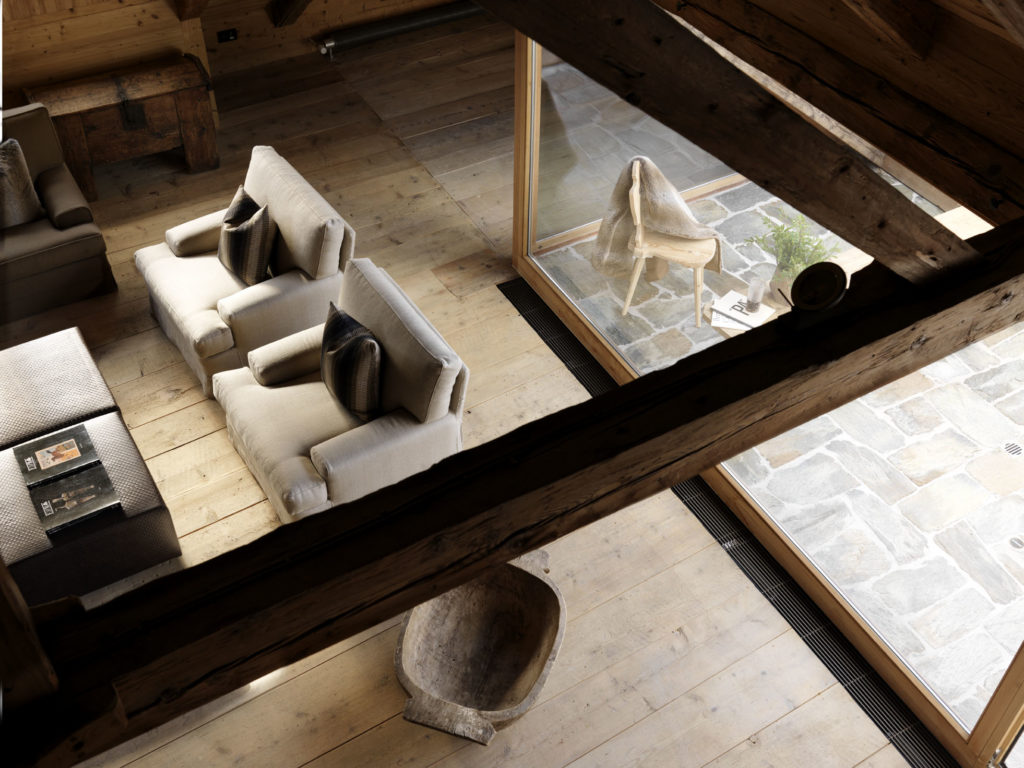
“We were lucky in that although we were in uncharted waters for us, we had clients that wanted projects that set new aesthetic rules and so not solely associated with the nautical world,” they continued. “They wanted, for instance, a sense of continuity between the various areas aboard yet to still have different materials and colours in each space. That’s a very similar approach to our residential one. However, this is not to say there are no differences between the two sectors: the nautical world imposes lots of restrictions and demands a lot of compromising between technical constraints and aesthetics. Boats are built to the last millimetre – like a stage set. That switch is fascinating to us because when you go back to residential, you come to it with a much more detail-focused eye”.
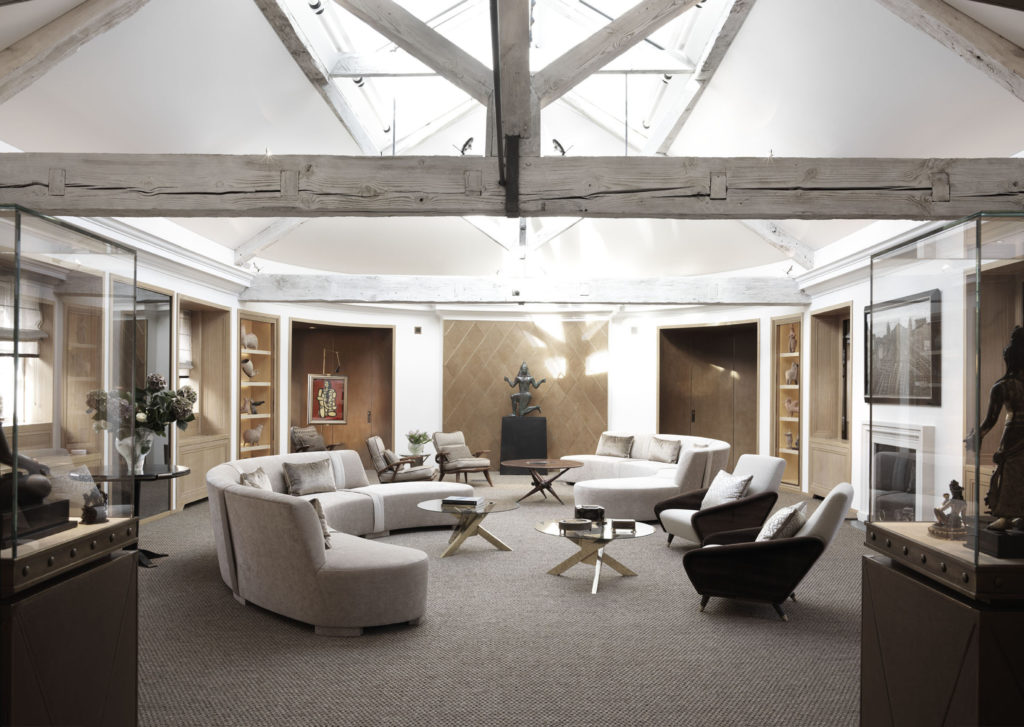
While the transition from residential to yacht design was gentle and almost natural, the move from motoryachts to sailing caused slightly more upheaval. “It was probably the biggest challenge because a sailing yacht has to be very high performance and so there are enormous restrictions in terms of weight, materials and flexibility: they are two entirely different worlds. So designing a sailing yacht was very interesting because we really were being confronted with the unfamiliar”. But the sisters were in no doubt when it came to the materials they wanted: “Lots of wood – wood with character from brushed pine to chestnut and industrially etched teak which we used on the sailing yacht. We love playing around with pairings because it gives us freedom and you can use wood on many different fronts. For one project, we even went so far as bringing old parquet aboard as it had its own story, its own soul, and warmed the space. It is quite an unusual thing to do in yacht design and the result was magnificent because that wood seems to have always been part of the boat and lent it a different kind of charm”.
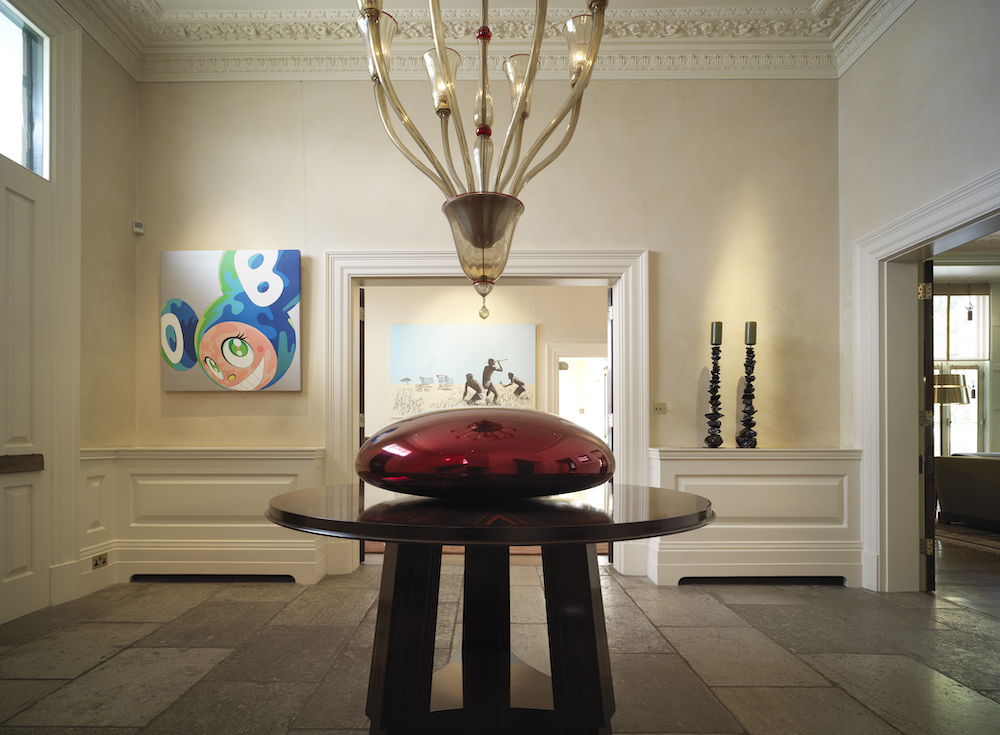
Tradition and innovation are obviously very much part of the Droulers’ aesthetic. But what does the future hold for the studio? “Luckily, the pandemic that hit the world economy so badly hasn’t hurt us too much,” they conclude. “We finished two big boats which involved more than a few organisational difficulties. One was abroad and working out how to deal with the travel aspect wasn’t easy. We also finished designing various properties in Italy. Working remotely meant that the design part didn’t stop but the installation and building were trickier to manage. But we used video and photos to check the quality of the work. Aside from residential and yacht design which we have been concentrating on lately, one of our dreams for the future is to get back into hospitality as we adore it. It hasn’t happened yet but we are hoping we will get an opportunity soon because it is our world and working in it comes very naturally to us. But we have never forced opportunities – we’ve never gone out looking. So we’ll just see what the future holds for us».





